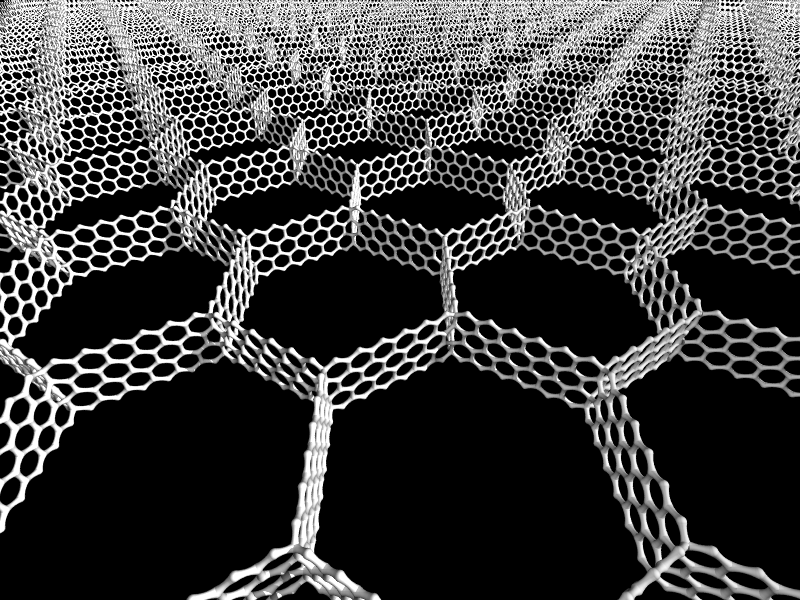
This is the structure of the sail, the mirror surface:

Since the structure is sparse, it should have on the order of 100 times more acceleration than traditional solar sails. The sparseness should also make it more resistant to high energy particles and nano dust, since those will usually miss the structure. As for charged particles, they will give the structure momentum when passing through, or bouncing back from, a conductive cell because of induction.
It is not necessary to have a full surface to reflect light. A wire mesh is enough, as long as the cells are significantly smaller than the wave length of the light to be reflected.
The smaller cells are there to give a thickness necessary to reflect light, as the reflected light penetrates a bit into the material, the skin depth.
The actual sizes of the cells and the thicknesses of the conducting material are to be optimized to maximize the momentum giver per weight when reflecting light. (Production cost is also a factor.) The smaller cells might even become walls.
The idea is to use DNA scaffolding to make the structure, and then metallize it to make it conductive and thus reflective. Conductive polymers and other conductive materials should also work. The DNA could be removed afterwards if necessary. Baking could be one way to do that.
The smaller cells could have other structures, and the larger as well. I am guessing that this will be close to the optimal shape.
The hexagonal pattern makes this structure softer than thin films and fabrics. It makes it stretchable and deformable, so it should be more resilient to rifts, and it could be forced into other shapes, such as a big focusing mirror, for giant telescopes or solar power stations, or formed as an old fashioned parachute for use as a solar sail, or formed as a sail, etc.
It could be transported as a rolled roll, since it is more pliable than thin films.
(c) 2008 Kim Øyhus, M.Sc. Physics
Invented before 2008.2.16
Not patented, as that is such a waste of time and money, with just a
minuscule chance of profit.